Hey - it’s Alex!
Welcome to Startup Business Tips, a bi-weekly newsletter, where I share with you 3 actionable growth tactics that will help you quickly grow your SaaS business from €0 to €1 million ARR 🚀.
Today we cover:
1️⃣ Messaging is the foundation for your sales & market assets (like homepage, demos, sales decks, etc.)
2️⃣ The 5 (+ 1 bonus) parts of the Ultimate SaaS Messaging Framework
3️⃣ How to build your own SaaS Messaging Framework
👉 Bonus tip by Maria Azofra (CEO and Co-Founder of Sharpei)
👉 Bonus material (software, content, news) - this time ’How to put a Sales motion on top of PLG’ by Dirk Sahlmer
A quick word from our sponsor: Dofollow
📢 Boost Your SEO Rankings with the #1 Source for High-Quality Backlinks!
Are you struggling to climb the Google rankings? Want to see your website on the first page? With dofollow.com, you'll gain access to high-quality backlinks from top sites like HubSpot, BigCommerce, Canva, Envato, Business Insider, and 100s more.
Want to reach 4500+ early-stage SaaS founders/leaders? Sponsor the next newsletter.
1. Messaging is the foundation for most of your sales & marketing assets
Messaging is the foundation for most of your sales & marketing assets.
Messaging is one of the key elements of a powerful go-to-market strategy. Positioning lays the foundation for your messaging. And the ideal customer profile defines the right way to communicate to/with them. That’s why Ideal Customer Profile (ICP), Positioning, and Messaging come as a GTM triangle.
Without clear messaging, it’s really hard for you to communicate consistently to your ideal customers - and most probably your message does not resonate with them. That’s what we call Message-Market fit.
Your messaging is the foundation to build your key assets like:
your homepage
your sales deck
your email sequences
your product onboardings
your product demos
and much more…
Without a messaging framework, every time you write an email, build a new landing page, or pitch your product, you use different words, different narratives, and different ways to communicate your product and the value proposition - You basically always start at zero.
That’s why I’m a big supporter that you should create your own messaging framework. The messaging framework should be your ‘go-to’ source, shared in the organization and being the foundation for your sales & marketing activities.
We will go into each element of the SaaS messaging framework.
🚨But before we break down the different elements of the messaging framework, it’s important that you keep the following in mind.
💡 Messaging IS NOT Copy
Messaging: The main points you want to say to your customers Copy: Copy is HOW you communicate it. It's the exact words.
So basically, messaging defines your copy. Copy can/should change based on the channel, medium, buyer stage etc.
2. The 5-part Messaging Framework for early-stage SaaS companies
The messaging framework includes the answers for:
What's happening in the market / What's the status quo & what's the problem with that (the Gap)
Why should your customers care? (what’s in for them)
Why now? What’s the cost of inaction?
Why you? What is your POV on the market and how do you set yourself apart from the competition (unique differentiator)?
Why should customers trust you? What social proof can you share and what results do your customers normally see?
The 5 parts (+1 bonus part) of the SaaS Messaging Framework:
The Market
Your Ideal Customer Profile
The Competitive Alternatives
Your Product
The Value Proposition
and the Bonus: The POV/Sales Story.
Let’s get into them.
2.1. The Market
It all starts with the market insight or some specific changes. It’s about context setting. It’s the reason why a specific problem occurs.
Based on this, you need to ask yourself what is the (high-level) problem. What is the (negative) consequence of the market insight.
Here’s an example for Calendly:
2.2. Your Ideal Customer Profile
The next step is to answer:
💡 Who’s facing this problem? Who’s affected by this (the most)?
Important Note: If you target multiple segments with different (buyer) personas, you need to duplicate the framework and create multiple ones.
Example: VP of Sales and Head of Customer Success --> Create 2 assets (for each persona)
Probably it’s best if we have a look again at the Calendly example:
So now you know the problem and who’s affected by the problem.
But as you might know, customers have multiple options to fix the problem - in 99% of the time, there are multiple solutions.
💡 P.S. I recommend you create your ideal customer profile based on this guide or simply use my GTM Workbook.
2.3 The Competitive Alternatives
The next step is to understand the competitive alternatives.
What are they doing right now and/or what would your customers do, if your solution doesn't exist?
What other options do your customers have right now to deal with the problem/situation?
What are the pros and cons of each for the different types of customers?(acknowledge that there are always multiple options)
Keep in mind: It’s about creating different CLUSTERS of alternatives. This is not only direct competition. I would recommend to follow these 3 steps:
Step 1: List the different alternatives.
Step 2: Build Clusters
Step 3: Add the limitations for each Cluster
Bonus: You can build Competition Battlecards for each single competitor (but it's not part of this messaging framework).
Let’s have a look at Calendly again:
2.4 Your Product
Until now, the messaging was not a single time about you. And that’s good. Good messaging is customer-centric, not seller-centric. But now it’s finally time to talk about how great you are 😇
It’s about 3 main parts:
Your product category - CRM, Scheduling, Project Management etc.
Capabilities - What is it that your customers can do now, that they can’t without your product
Features - The specific parts of your product that enable the capabilities.
And it’s not about having a long list of all your features. The challenge is to focus on your top features and the main 3 capabilities (that are powered by those features).
How to find your top features & capabilities?
But now, let’s have a look at our Calendly example:
Now the final step is to work on your value proposition.
2.5 Your Value Proposition
Now you know your ideal customer profile, the problem, the alternative solutions, and how your product is better than these solutions to fix the problem of your ICP.
The last step is now to connect these elements and craft your value proposition. It’s about the benefits of your customers (What’s in for them).
So let’s have a look at the different messaging elements.
It all starts with the results. What is your product increasing or decreasing? The benefits are the opposite of the problems.
And it makes sense to distinguish between functional benefits and social and emotional benefits.
And as benefits alone are not enough, it’s crucial to also add social proof messaging elements as well as objection handling (including Why now aka. Cost of Inaction) to the framework.
Let’s see this in action with our Calendly example:
2.6 The Bonus section - Your POV & Sales Story
Now you can combine the different messaging elements and build your Sales Story. It's your unique POV.
Our Calendly POV & Sales Story
👉 Before you read on:
✅ Create your own powerful SaaS Growth Strategy with my FREE Workbook (helped 2000+ SaaS professionals) and GTM-strategy 1-pager Notion template (helped 750+ SaaS professionals)
✅ Unlock your growth potential with 90+ actionable SaaS growth tactics (helped 150+ SaaS professionals)
✅ GTM Advisory for early-stage SaaS founders on their way to hitting the first €1 million ARR. We’ll have regular 1-on-1 sessions deep-diving into your most important challenges.
❤️ Get exclusive benefits for sharing my newsletter with your SaaS network.
3. How to build your own SaaS Messaging Framework
Okay now you know the different elements of the SaaS messaging framework.
Now it’s your turn.
In case you have questions or need hands-on support, feel free to reach out to me.
💡Best tip, failure, and learning by Maria Azofra (CEO and Co-Founder of Sharpei)
Prioritize Prototyping: Learn and Test Before Committing Resources to Development
Failure: In my past company, we spent a significant amount on development without fully testing the concept with real clients. Our assumption seemed solid, but we realized that without prototyping and obtaining real client feedback, we were working in the dark.
Learning: At Sharpei, we adopted a different approach by initiating our process with a Figma prototype and actively seeking input from actual clients. This strategic move enabled us to unearth critical flaws, facilitating timely and vital adjustments. By dedicating time and resources to preliminary testing, we averted the risk of channeling valuable resources into a product misaligned with genuine market needs. It's crucial to remember that feedback is an invaluable asset; it guides your product along the correct course and helps sidestep unnecessary expenditures.
🧠 Do you want to be next and share your best tip with 1500+ SaaS professionals? Reach out to me via Linkedin.
💪 Bonus material (software, content, news) - this time ‘How to put a Sales motion on top of PLG’ by Dirk Sahlmer
Product-Led Growth (PLG) is often considered the "holy grail" of SaaS go-to-market strategies. However, making it big with PLG is anything but easy.
In his newsletter saasfyi, Dirk is sharing the 4 things you need for a successful transition from PLG to PLS:
PLG Flywheel
Product Usage Date
PQL/PQA Qualification
Cross-functional teams
Happy growth 🚀.
3 ways I can help you grow your SaaS to €1 million ARR 🚀
Build your GTM strategy with my free SaaS GTM Strategy Workbook (helped 4500+ SaaS leaders)
Get access to 100+ actionable SaaS growth tactics (helped 250+ SaaS leaders) - 100% positive ROI guarantee.
Work 1-on-1 with me - GTM Advisory for early-stage SaaS founders on their way to €1 million ARR (1 free spot - limited to 8 founders).


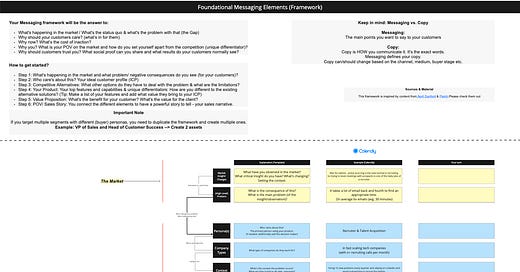


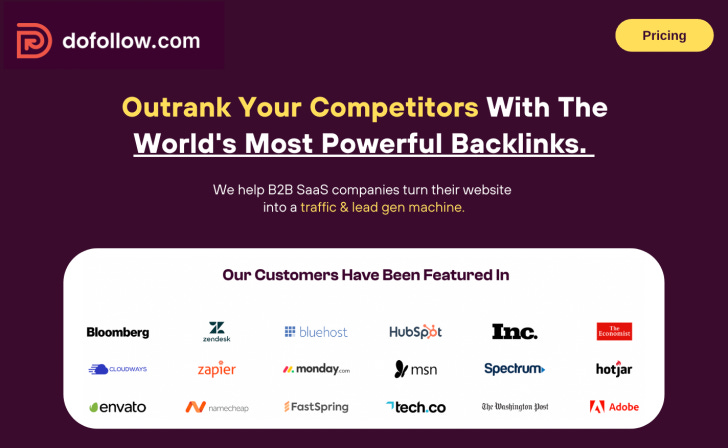






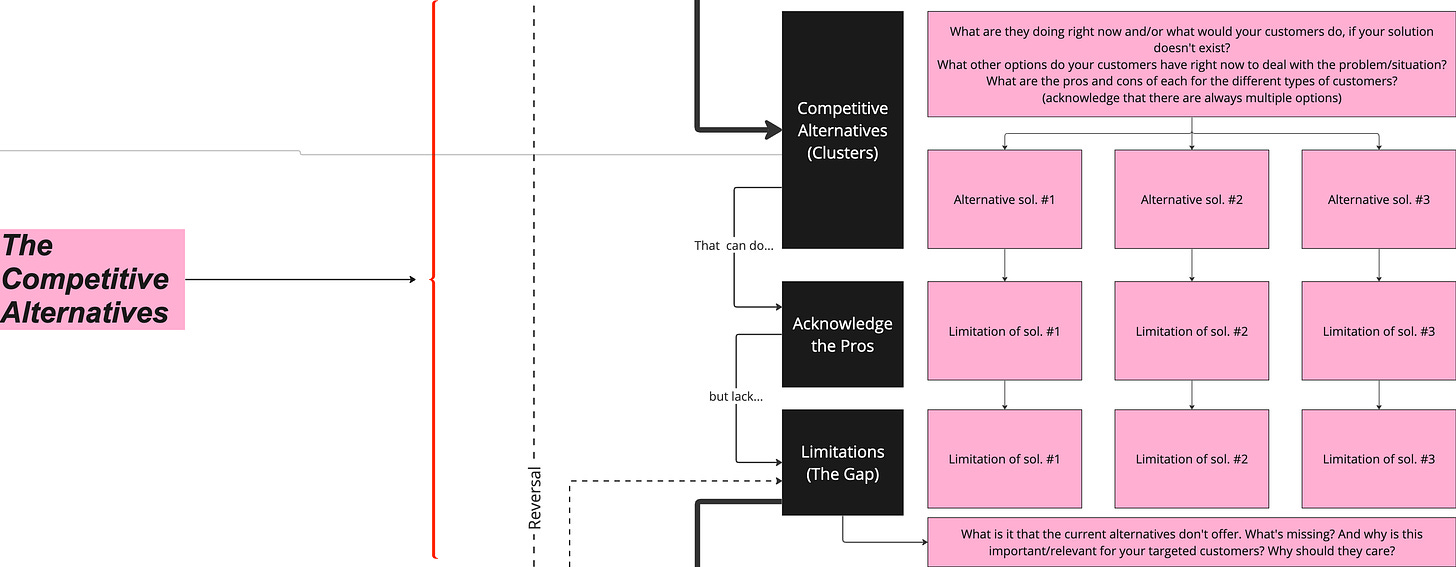
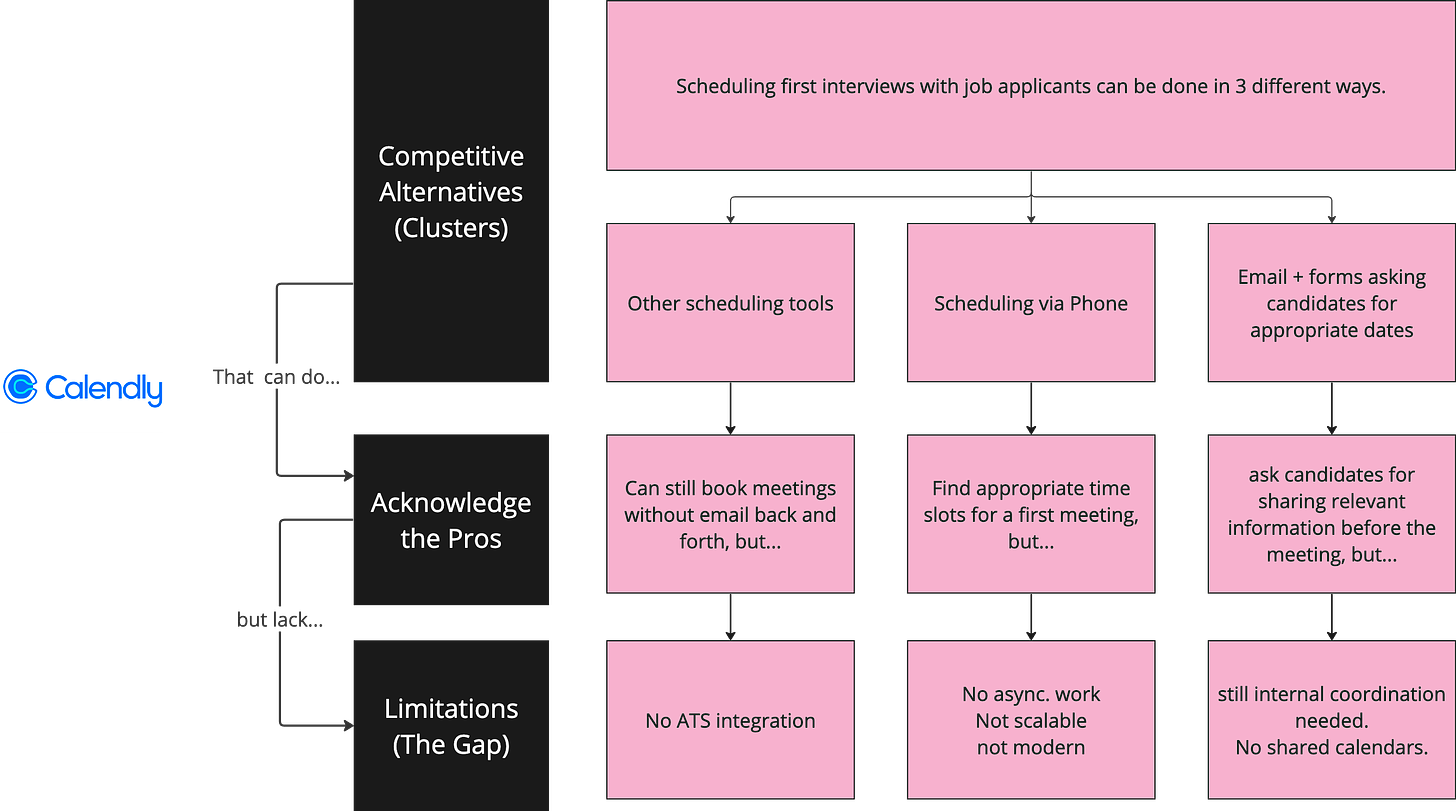





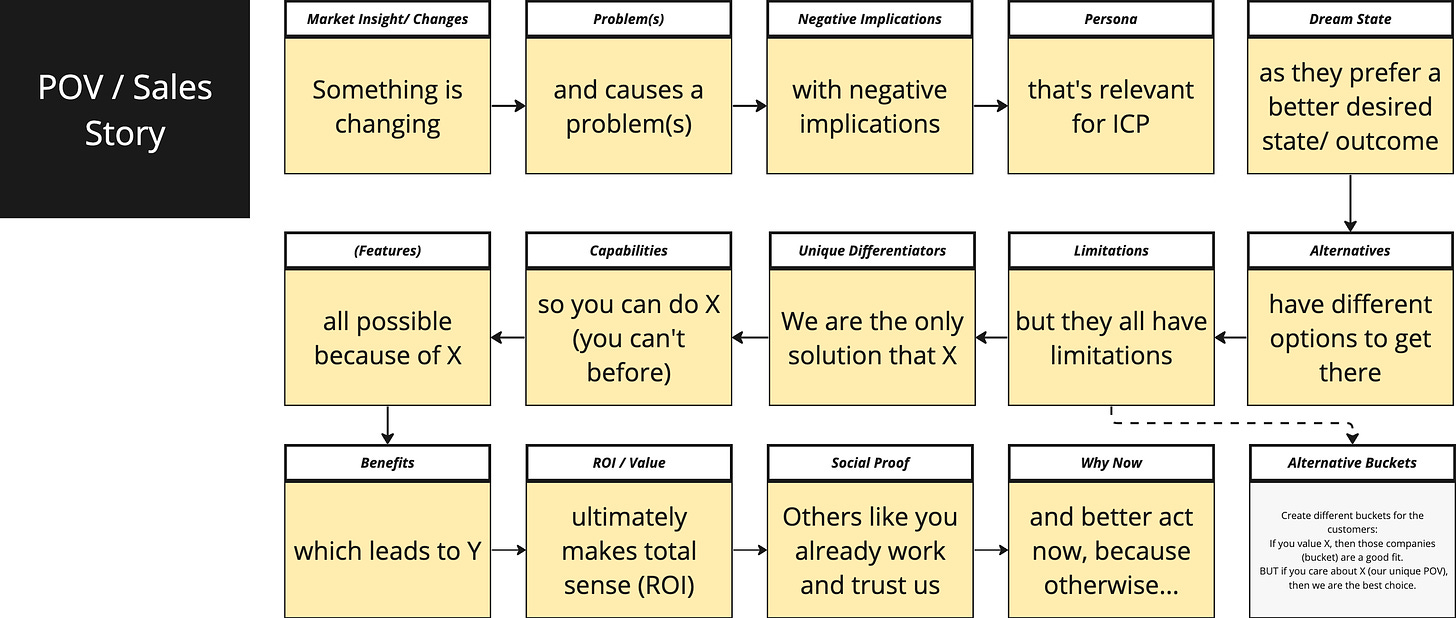



Love this, did it, and helped me to get more clarity!